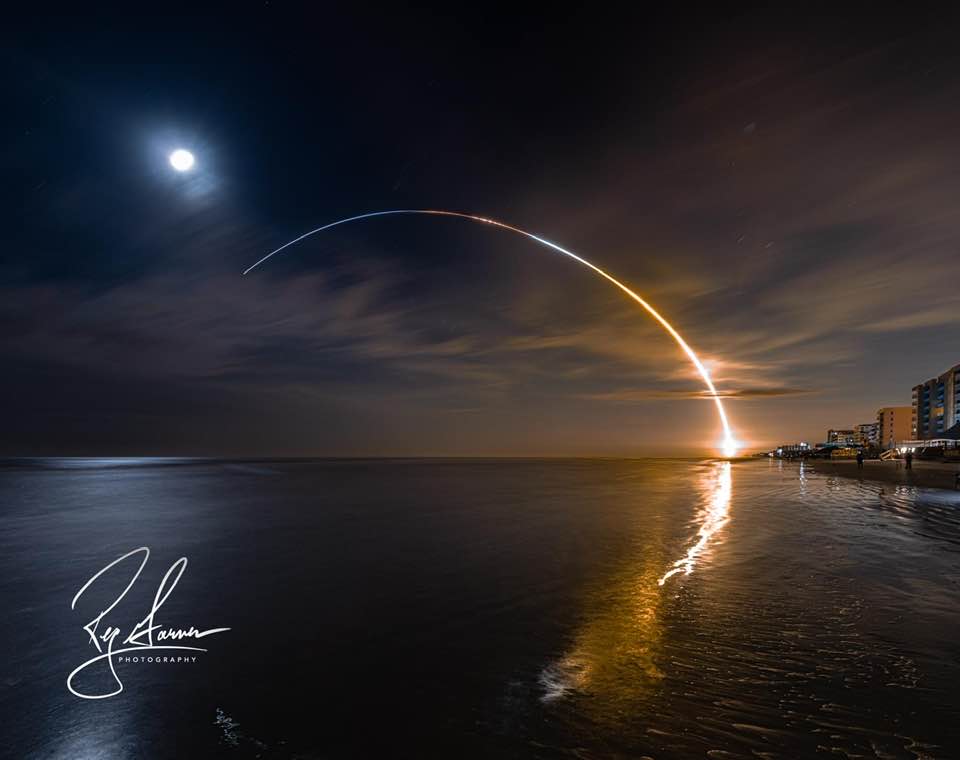On the second day of its journey, Artemis Orion captured this view using a simple navigation camera, one of many cameras it has on board. It's not the highest-resolution photo of Earth. It's not the most colorful. It's not the fanciest, and therein lies its beauty. It's a casual snapshot, any given moment on any given day.
Image from Meteosat was 9am UTC on November 17th. Unfortunately they do not have the number of images that GOES and Himawari has so I had to use the closest I could find. But still a good match!
Image from Meteosat was 9am UTC on November 17th. Unfortunately they do not have the number of images that GOES and Himawari has so I had to use the closest I could find. But still a good match!

**Rocket Science Explained**
For some reason, flat earthers think rockets are impossible because of the lack of air in space. But rocket propulsion is totally different than traditional airplane turbine propulsion, hence the confusion.
Rockets propulsion in space behave according to Isaac Newton's third law of motion which is also the conservation of momentum: Every action produces an equal and opposite reaction.
When a rocket shoots fuel out one end, this propels the rocket forward — no air is required. The EJECTED fuel causes an equal and opposite force in space which is called the thrust. And to ignite the fuel rockets come with a liquid oxygen tank or some oxidizer so that is factored in too.
I did a demonstration when I taught physics at a community college.
I came to class on rollerblades with a heavy ball and demonstrated this. When I THREW the heavy ball, I was propelled backward in the opposite direction. In this analogy the ball is the ejected fuel and I am the rocket. You don't need anything external to push on, you don't need air, all you need is to be able to eject a LOT of mass, which is what rockets do wonderfully.
I remember this topic in my Junior college physics course. if you take the time to understand it , it is quite beautiful. Check out attached pages from Junior level Classical Mechanics textbook. It is really not that hard to understand.
For some reason, flat earthers think rockets are impossible because of the lack of air in space. But rocket propulsion is totally different than traditional airplane turbine propulsion, hence the confusion.
Rockets propulsion in space behave according to Isaac Newton's third law of motion which is also the conservation of momentum: Every action produces an equal and opposite reaction.
When a rocket shoots fuel out one end, this propels the rocket forward — no air is required. The EJECTED fuel causes an equal and opposite force in space which is called the thrust. And to ignite the fuel rockets come with a liquid oxygen tank or some oxidizer so that is factored in too.
I did a demonstration when I taught physics at a community college.
I came to class on rollerblades with a heavy ball and demonstrated this. When I THREW the heavy ball, I was propelled backward in the opposite direction. In this analogy the ball is the ejected fuel and I am the rocket. You don't need anything external to push on, you don't need air, all you need is to be able to eject a LOT of mass, which is what rockets do wonderfully.
I remember this topic in my Junior college physics course. if you take the time to understand it , it is quite beautiful. Check out attached pages from Junior level Classical Mechanics textbook. It is really not that hard to understand.
5.75 million pounds
9 million points of thrust
322 feet tall.
Most powerful rocket ever built by NASA
Launched 1:47 am this morning November 16th
First Human Rated Spacecraft capturing Images of earth since 1972
57,000 miles up
9.5 hours in
9 million points of thrust
322 feet tall.
Most powerful rocket ever built by NASA
Launched 1:47 am this morning November 16th
First Human Rated Spacecraft capturing Images of earth since 1972
57,000 miles up
9.5 hours in











